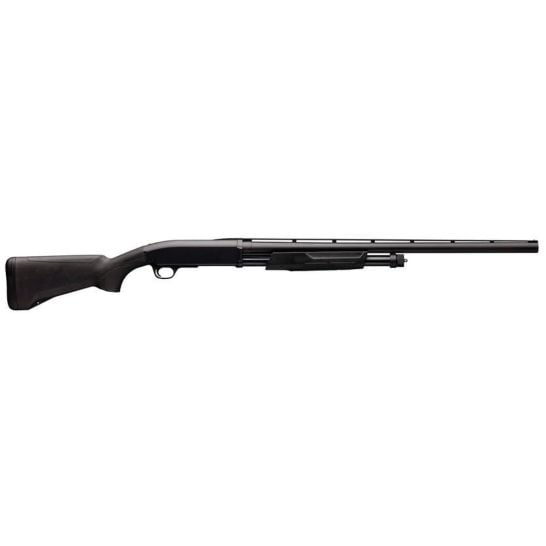Browning BPS Field 10 Gauge 28" Pump Action Shotgun, Matte Black – 12289113 For Sale
$779.99
The Browning BPS Field 10 Gauge 28″ Pump Action Shotgun, Matte Black epitomizes the excellence of pump-action shotguns, designed for superior performance in hunting scenarios. Its innovative features, like the Inflex Recoil Pad System for customizable length adjustments and the floating rib design for consistent accuracy, enhance user experience and tactical advantage. Renowned for its durability, it boasts a machined steel receiver and steel internal components, ensuring resilience under rigorous conditions. Unique features like the bottom ejection design and top tang safety make it suitable for both right- and left-handed shooters. Celebrated for over fifty years by waterfowl hunters, the BPS stands out as a reliable and high-quality choice, suitable for shooters of any generation.

Reviews
There are no reviews yet.